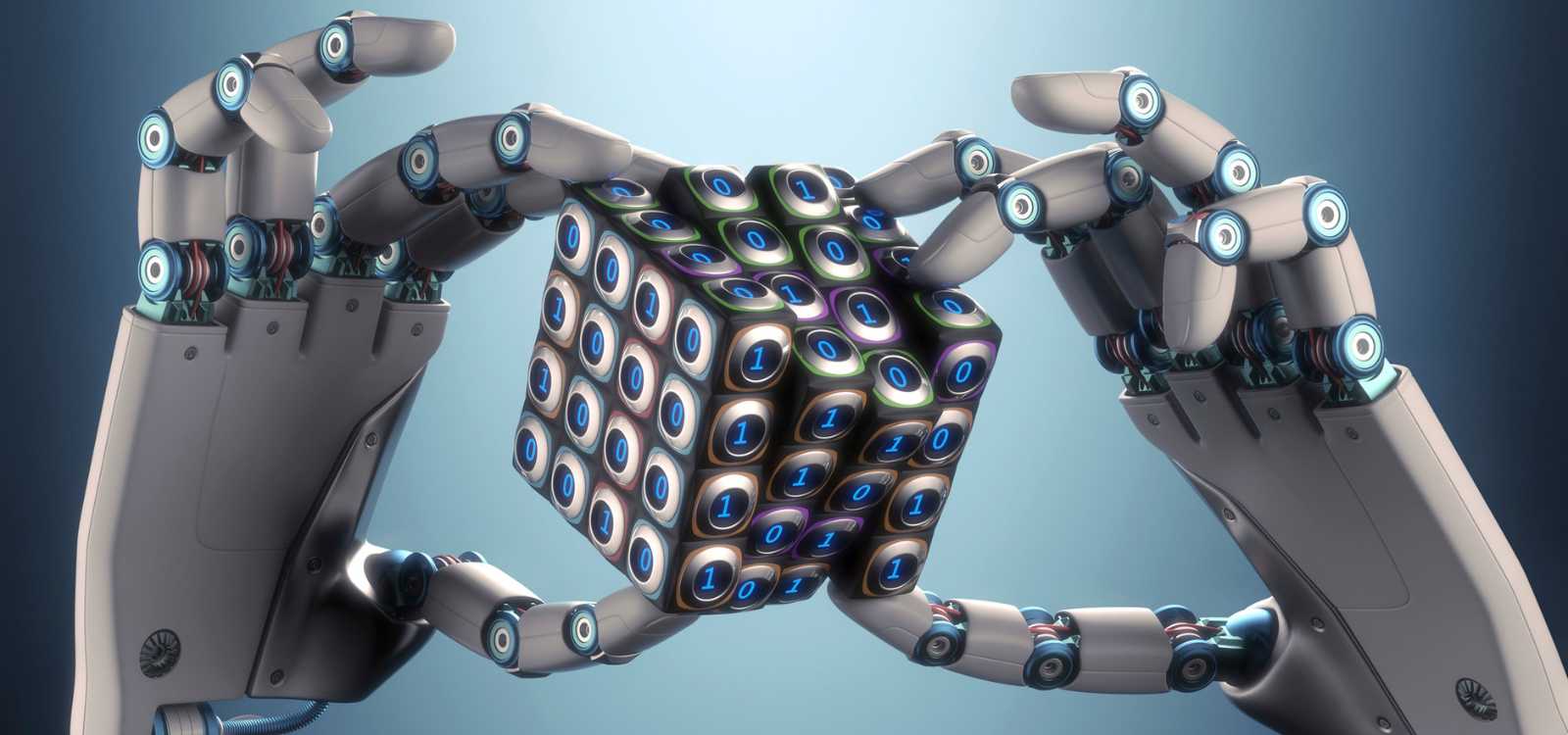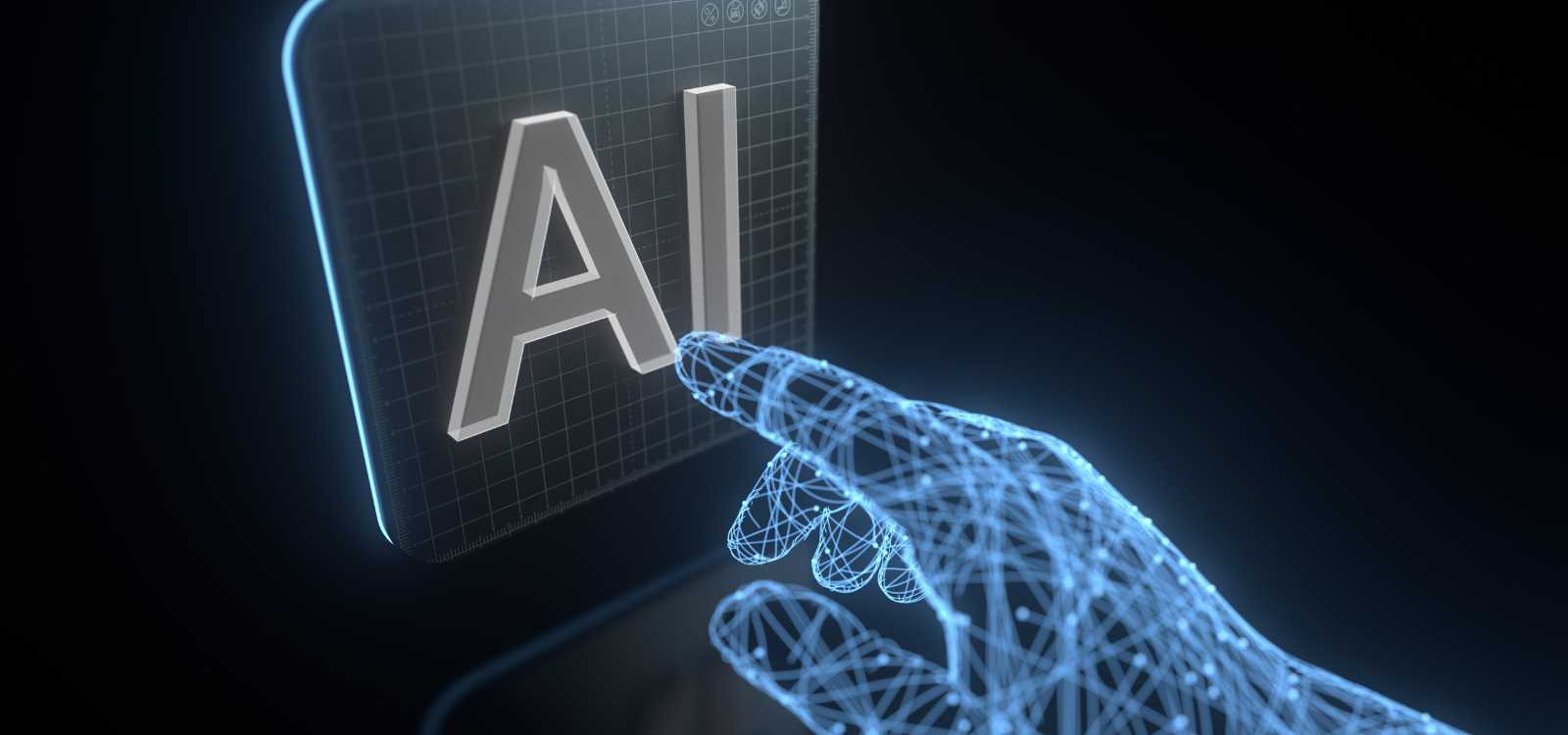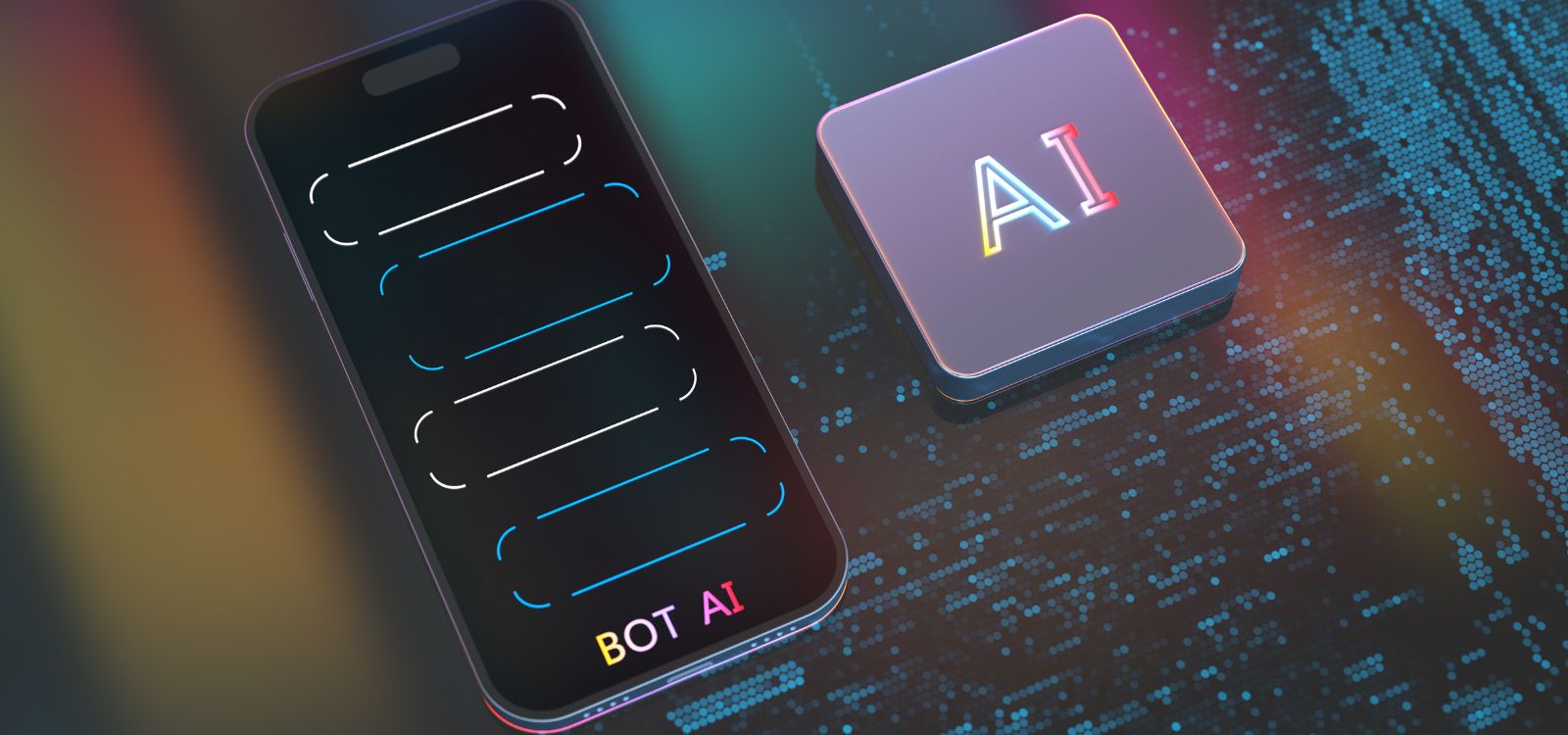Mastering the Art of Chatbot Development
Insights and strategies for creating engaging and effective ChatBots
Usage of chatbots has become rapidly increasing, since 70% of global users are engaged in chatbots. According to industry predictions, chatbots are expected to save businesses an estimated 2.5 billion hours by the year 2023.
Chatbots are a powerful tool for businesses to improve customer service, save money, and gain valuable insights into their customers' needs and preferences. Let's dive into the latest chatbot statistics that showcase the growth and adoption of the chatbot industry across different market sectors worldwide, along with the most significant trends in 2023.
Types of ChatBots
Rule-based chatbots: These chatbots operate based on a set of predefined rules and can respond to specific keywords or phrases. They are best suited for simple and straightforward interactions.
AI-powered chatbots: These chatbots use machine learning and natural language processing (NLP) to understand and respond to user input. They can handle more complex conversations and are better suited for dynamic interactions.
Virtual assistants: These chatbots are designed to perform specific tasks for the user, such as booking appointments or ordering food. They are typically integrated with other applications and services.
Messaging apps chatbots: These chatbots are built directly into messaging apps like Facebook Messenger or WhatsApp. They allow businesses to communicate with customers in real-time and provide personalised recommendations or support.
Voice assistants: These chatbots are designed to respond to voice commands and are commonly found in smart speakers and mobile devices. Some popular examples of chatbot solutions include virtual assistants like Siri, Alexa, and Google Assistant.
Hybrid chatbots: These chatbots combine both rule-based and AI-powered capabilities to provide a more flexible and efficient experience for the user. They can handle both simple and complex interactions and adapt to user behaviour over time.
How do Chatbots function?
Chatbots are artificial intelligence (AI) applications that are designed to simulate human conversation and interactions. They typically use natural language processing (NLP) and machine learning algorithms to understand and respond to user input. Here's a basic overview of how chatbots function:
Understanding user input: When a user interacts with a chatbot, the chatbot first needs to understand what the user is saying. The chatbot uses NLP to analyze the user's message and extract important information like keywords, phrases, and intent.
Processing the message: Once the chatbot has understood the user's message, it needs to decide how to respond. This typically involves using algorithms to search for relevant information and generate an appropriate response.
Generating a response: The chatbot generates a response based on the information it has gathered and the rules and algorithms programmed into its system. The chatbot sends it back to the user through the chat interface.
Learning from user behavior: Over time, the chatbot can learn from user behavior and improve its responses. Machine learning algorithms can help the chatbot identify patterns in user interactions and adjust its responses accordingly.
Integrating with other systems: Chatbots can also be integrated with other systems and services, such as databases, CRMs, or e-commerce platforms. This allows them to access additional information and provide more personalized and relevant responses to users.
Chatbots function by processing user input, generating responses, and learning from user behavior to provide a more efficient and personalized experience for users.
Building ChatBots with RASA
RASA is an open-source framework that enables developers to build and deploy conversational AI applications, including chatbots. With RASA, you can define your chatbot's domain, create training data, train your model, test your chatbot, and deploy it to various messaging platforms. Additionally, you can continuously improve your chatbot by analyzing user feedback and updating your training data and model. RASA provides tools and documentation for deploying your chatbot to different platforms.
Building ChatBots with Dialog Flow
Dialogflow is a platform for building chatbots and virtual assistants that use natural language processing (NLP) to understand and respond to user input. Dialogflow uses machine learning to improve its understanding of user input over time, so the more training data you provide, the better your chatbot will become. Dialogflow allows you to connect your chatbot to a variety of messaging platforms, including Facebook Messenger, Slack, and Google Assistant.
Role of AI in Chatbot development
Artificial Intelligence (AI) plays a crucial role in the development of chatbots. Here are some ways in which AI is used in chatbot development:
Natural Language Processing (NLP): AI-powered NLP algorithms help chatbots understand human language, interpret user queries, and provide relevant responses. These algorithms enable chatbots to process natural language inputs and generate accurate and meaningful responses.
Machine Learning (ML): ML algorithms help chatbots learn from user interactions, analyze data, and improve over time. By using ML, chatbots can become smarter and more personalized, providing better recommendations and more accurate responses.
Sentiment Analysis: AI-powered sentiment analysis algorithms help chatbots understand the emotions and attitudes behind user messages. This enables chatbots to respond appropriately and empathetically, improving the user experience.
Personalization: AI algorithms can analyze user data such as their browsing history, preferences, and purchase behavior to provide personalized recommendations and responses.
Voice Recognition: AI-powered speech recognition algorithms enable chatbots to understand and respond to voice commands. This technology is particularly useful for chatbots that are designed for voice-based assistants such as Amazon's Alexa or Google Assistant.
Predictive Analytics: AI-powered predictive analytics algorithms can help chatbots anticipate user needs and provide proactive assistance, improving the user experience.
AI plays a vital role in chatbot development by enabling chatbots to understand and respond to user queries more accurately, learn from user interactions, and provide a more personalized and engaging user experience.
Why Leverage AssetfinX’s ChatBot Development Services?
AssetfinX - A leading Metaverse Development Company has a team of experts who specialize in chatbot development and can provide tailored solutions to meet the specific needs of our clients. Our chatbots can be integrated with other systems and are designed for scalability, meaning they can handle increasing volumes of user interactions as the business grows. We also provide ongoing support and maintenance services to ensure the chatbot runs smoothly and efficiently. With our up-to-date knowledge of chatbot development trends and innovative solutions, we can help businesses stay ahead of the competition.
table of content
Let’s Get Transformed ..
Begin Your Entrepreneurial Journey With AssetfinX and become a major contributor to Digital Transformation.

















